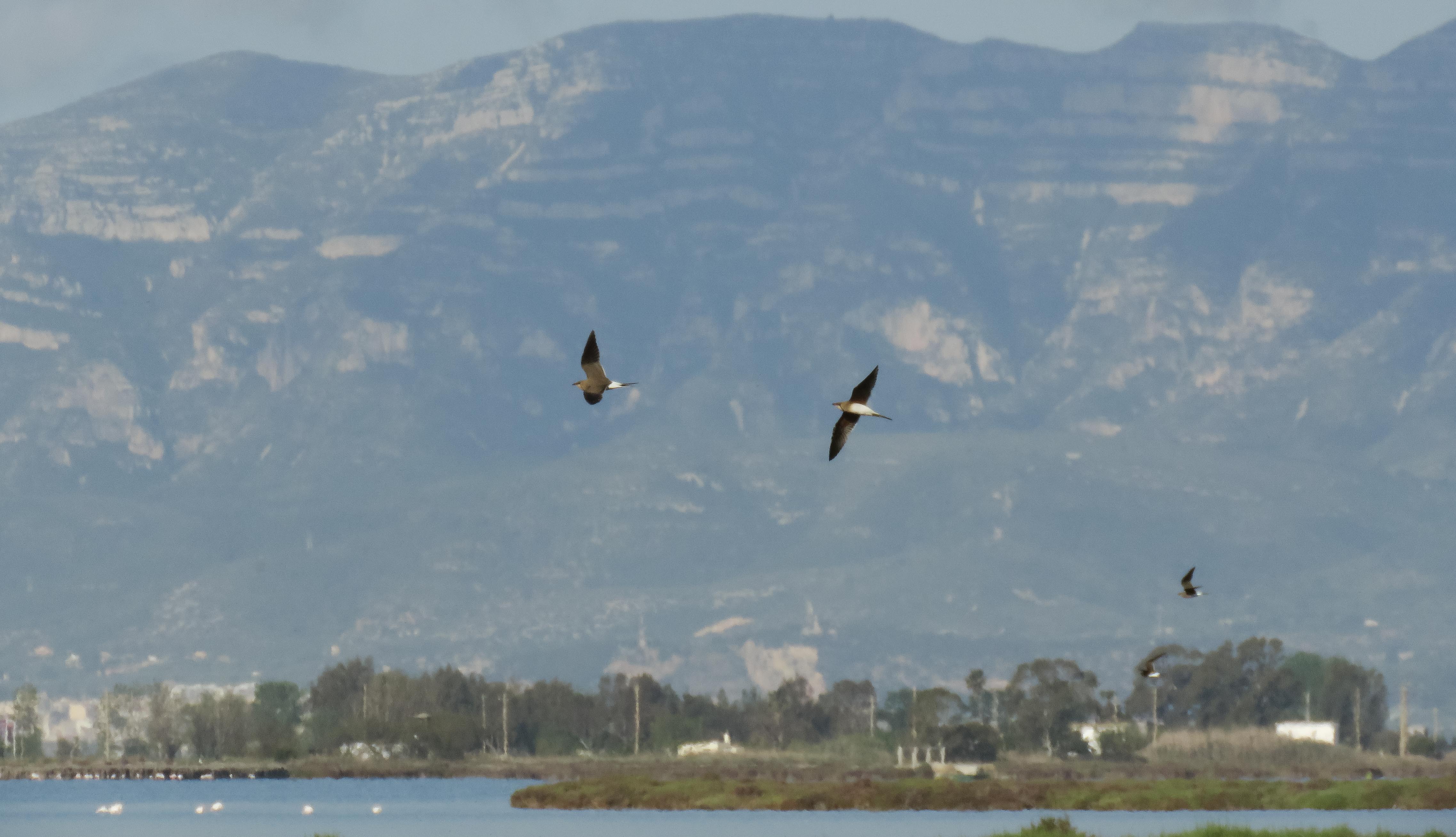Little Owl 1
Ringed Plover 12
Little Owl at Rodmell
Ringed Plovers near Southease
There seems to be a widespread assumption that discrete flocks of migrant Ringed Plovers that pass through the County in late May refer to northeast bound C.h. tundrae. However, there seems no reason why more northerly breeding C.h. hiaticula bound for northeast Canada, Greenland or Iceland, simply leapfrogging local more resident hiaticula, should not also be involved? C.h. tundrae is described as smaller and darker but there seems much overlap and even intermediates. Looking at the three above, whilst the individual in the still image appears of quite petite proportions, its bill and upperpart colouration seem a good fit for hiaticula as does its flared supercilium. In the video, the two birds are clearly different sizes, but the individual with the darker upperparts is also the largest - the reverse of what you would expect if the two forms were involved. Furthermore, whilst the dark bill of the darker (although larger) individual might appear a good fit for tundrae (see http://www.kezk.bio.univ.gda.pl/admin/upload/files/mw_076.pdf ) its upperwing coverts appear(ed) worn and that then makes it most-likely a first-summer hiaticula. Hence, on a sample of just three out of a flock of twelve (and no guarantees they are northerly bound migrants anyway), they pose more questions than they resolve?
BTO mapped summary of British & Irish ringing recoveries for Ringed Plover















